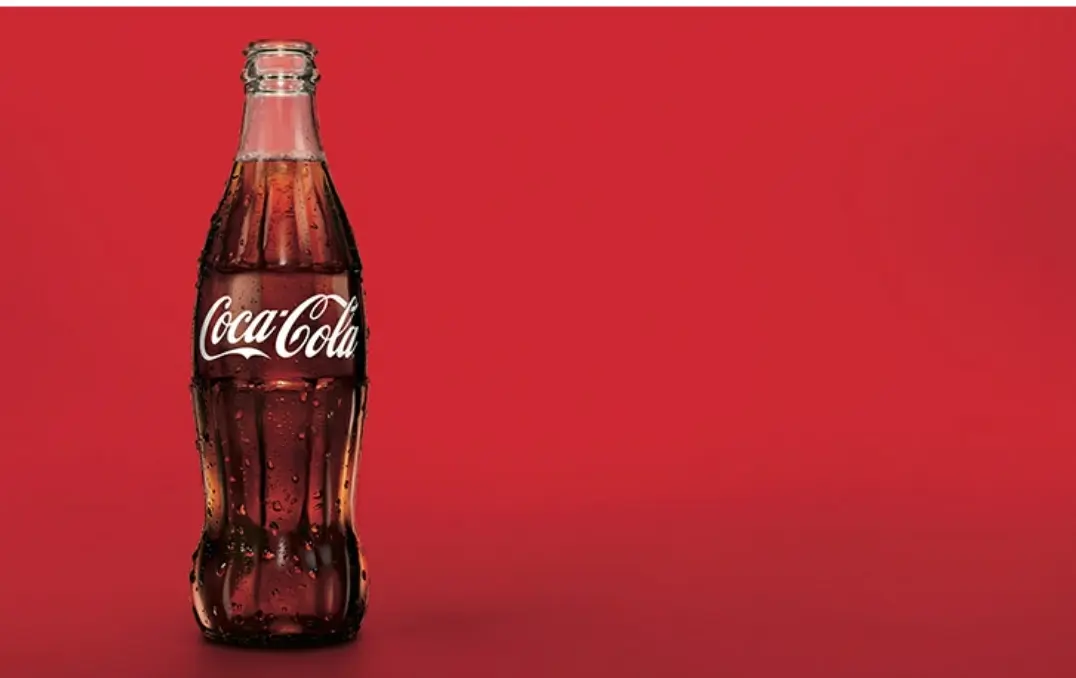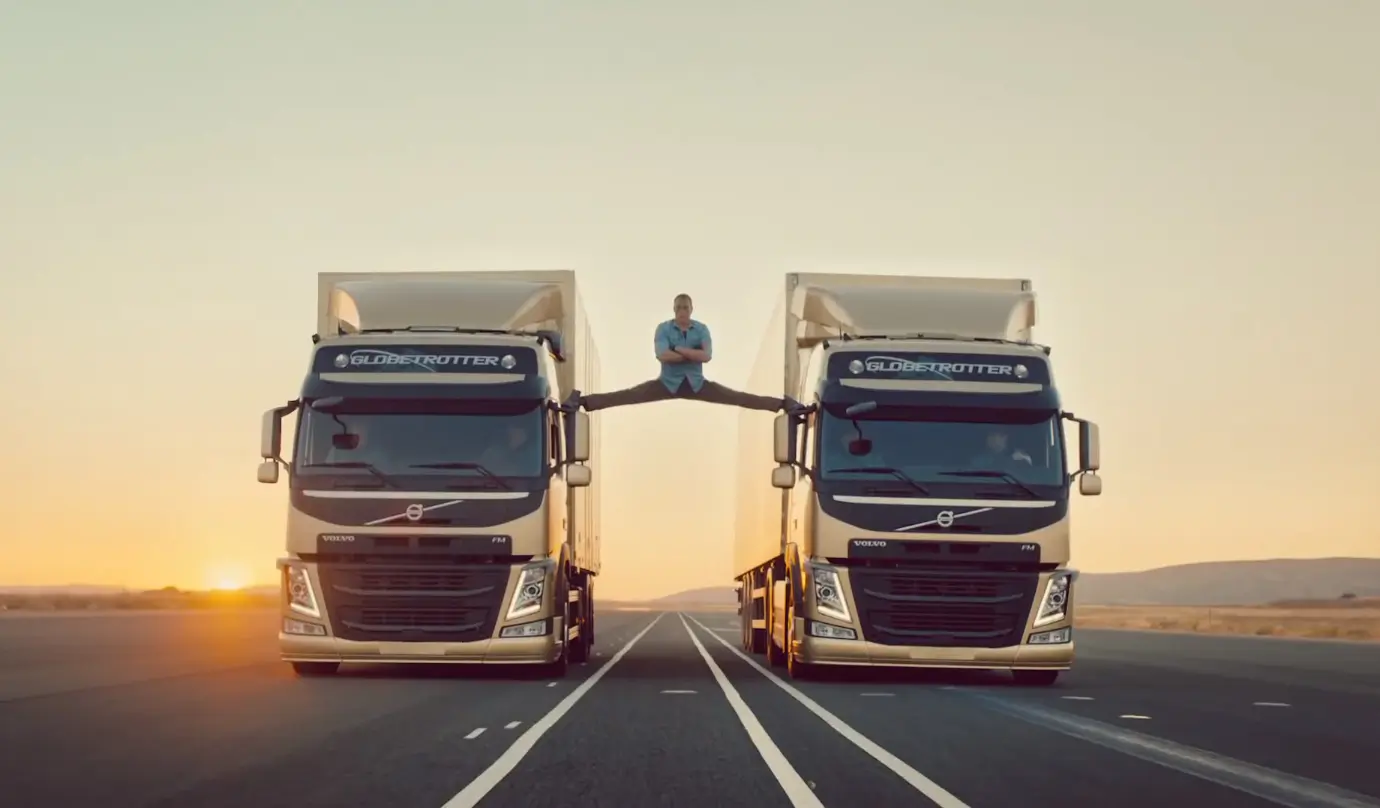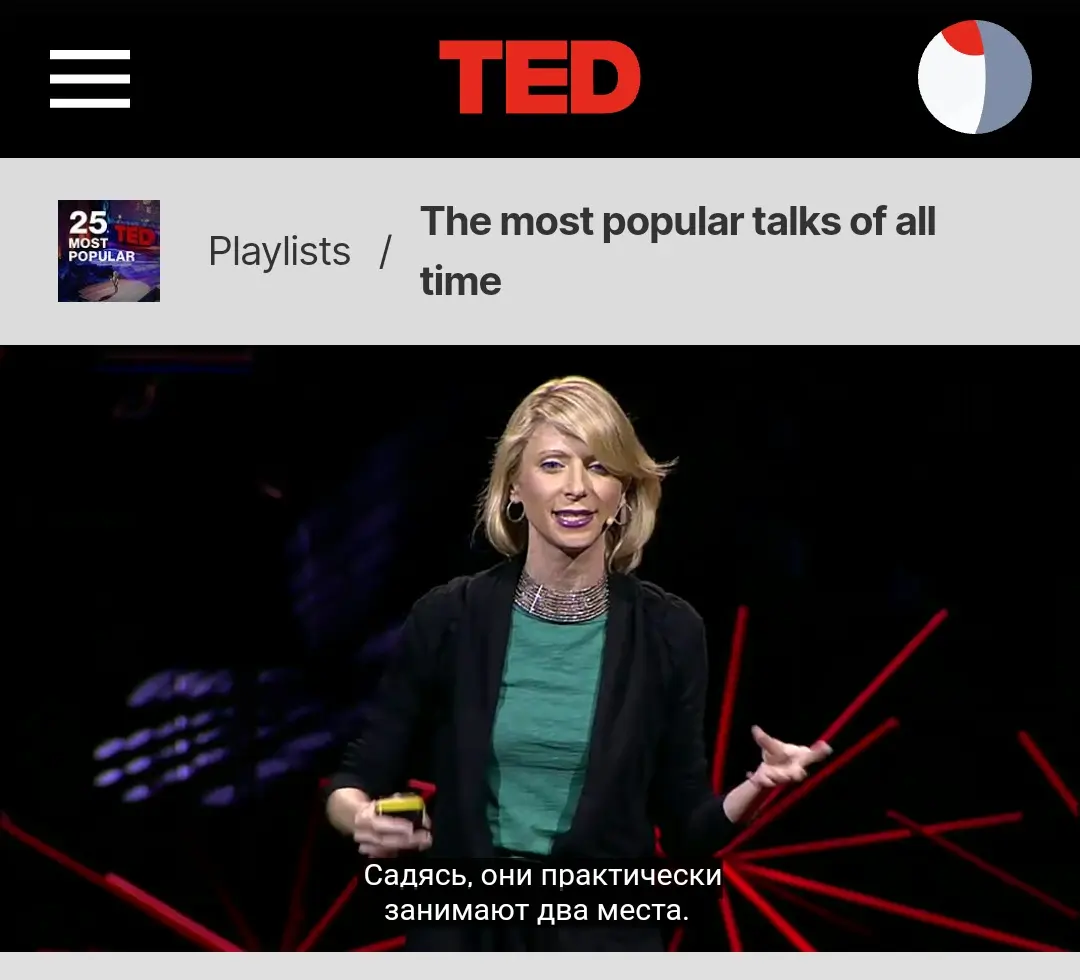Visual Storytelling in Marketing
- What is Visual Storytelling?
- How to Effectively Use Visual Storytelling
- 10 Rules and Examples of Using Visual Storytelling in Marketing
- Conclusion
What is Visual Storytelling?
Visual storytelling is a way of telling a story using illustrations, photographs, and videos, and in some cases using graphics, music, voice, and audio.
To put it simply, visual storytelling can be compared to a presentation, advertisement, or film.
Visual Storytelling in Marketing
Visual storytelling is an effective marketing strategy and is therefore actively used in promoting goods and services.
You may ask why this method works. It’s simple:
Research at 3M Corporation concluded that we process visuals 60,000 times faster than text.
Read posts:
- What Is Storytelling and Why Is It Important?
- Storytelling in Business and Marketing: How Storytelling Works
How to Effectively Use Visual Storytelling
When creating a visual story to promote a brand, it is important to consider the following nuances:
- The center of the story should not be the seller and the brand, but the customer with his needs and interests.
2. You need to sell not just a product or service but offer the buyer a certain experience when using this product or service. You need to sell a “lifestyle”. Think about Apple and Mercedes Benz. The secret is not in the product: it’s all in the lifestyle that these products create and enhance.
3. There must be some imperfection and vulnerability in the business story. This makes it easier for the buyer to trust and sympathize with your story.
According to neuroscientist Uri Hasson, there is a phenomenon of “neural connection”, the essence of which is as follows:
When we listen to a story filled with images, details, and feelings, then at that moment the same area in our brain is activated as when experiencing and feeling these emotions in real life.
The secret to storytelling is to make your story their story — the story of each of your listeners.
The “right” story will create an emotional connection between the client and the brand, create a sense of ownership and empathy, and will be the key to success.
10 Rules and Examples of Using Visual Storytelling in Marketing
Do you want to achieve maximum effect from using visual storytelling in brand promotion? Then follow these 10 rules:
1. Don’t talk about the advantages of your product or service, but show them.
Don’t talk about the advantages of your product or service, but show them. If you can show someone using your product and it makes their life better or easier – bingo! This is the best marketing ploy.
An example of Heinz applying one of the rules of visual storytelling:

Don’t talk about the benefits of your product or service, show them.
2. Context.
Don’t forget about the context, which can be expressed, for example, in your brand’s use of a certain color palette, fonts, and filters for social networks. These moments should be associated with your brand and meet the audience and their expectations.
Project your image through social media, advertising, videos, portfolio, and website.
Let me give you the Coca-Cola company as an example:

Firstly, the Coca-Cola logo (which cannot be confused with any other logo) is made in elegant calligraphic handwriting.
Secondly, for many years consumers have associated Coca-Cola with family holidays, New Year, and Christmas, with comfort and warmth from communication with loved ones and friends.
Here’s a great example of how context works.
3. Show people.
Show people. People are interested in people. Therefore, tell the story not of the brand, but the story of the people who stand behind it: you, your employees, employees, customers, and clients. Try to make your brand more accessible, and down to earth.
The most striking example, of course, is the cult personality Steve Jobs. The lion’s share of Apple’s success is due to him.
Once you become an Apple consumer, you will remain one forever.
4. Share your story.
Once you’ve shown that behind the brand there is a person first, share your story. This could be your personal story, real and truthful. This is what will set you apart and differentiate you from many other brands.
Usually, such a story has a positive effect on the audience because it shows that this happened to a person like me or you. So be yourself. Be honest.
5. Without conflict, there is no story.
Without conflict, there is no story. Conflict arises when the main character struggles to get what he wants: love, dignity, survival, etc. Conflict involves the client in the story helps to interest him and makes him empathize.
A great example of this storytelling rule applied is this stunning Volvo Trucks commercial starring actor Jean-Claude Van Damme. Isn’t it breathtaking?

If you haven’t seen it yet, be sure to watch the promotional video on YouTube.
You can also use a specific color scheme for a logo or brand presentation as a “conflict.” Psychologists say that each color carries a certain message.
6. Show behind the scenes.
Show behind the scenes. Show your customers what they usually don’t see: the process of creating a product, production issues, selection of materials, purchasing, delivery of goods, etc.
This is the distribution center of DHL, a leading company in the field of logistics and cargo delivery. The throughput capacity of this hub is up to 42 thousand parcels per hour.

Personally, this photo and the technical details impressed me.
7. Brevity.
Cut it short (one of the rules of the Pixar film studio). We are surrounded by an abundance of information, we are always busy with something and physically feel the lack of time. Therefore, it is important to focus the client on the main points of their visual story; keep his attention and don’t overload him with too many details.
Every day you watch a video on YouTube, which necessarily contains advertising. What is the probability that you will click the “skip” button when shown an ad that is 1.5 minutes long? How about 10 seconds?
So if you can show your story in 30 seconds instead of 1 minute, show it! Can you do it in 15 seconds? Do it.
8. Movement.
In storytelling, no movement equals no conflict. To keep your customer’s attention, your story must be dynamic. You can use a timeline to help create the effect of moving from point A to point B.
To understand how this rule works, try to imagine an abstruse speech by a professor at a scientific conference: you often look at your watch, yawn, are tired, and, in general, it would not hurt to have a snack. Now watch this Ted Talk:

How much energy the speaker has, how confidently Amy Cuddy moves and behaves on stage. It’s interesting to watch her and, of course, listen to her.
9. Surprise.
Try to make your brand stand out among others. Use visuals and uniquely tell your story. Act like no one has done before.
10. Experience and lesson.
A visual story should not be just entertainment, it should provide valuable information to the client, provide a new experience, or even teach an important lesson.
“The Lego Movie” perfectly demonstrates how two things can be combined: advertising a product and demonstrating the moral component of the brand’s mission: “Everyone can build something.”
Conclusion
If you decide to use visual storytelling in promoting your brand, the first thing you should think about is:
How can I be useful to my clients, what valuable things can I offer them?